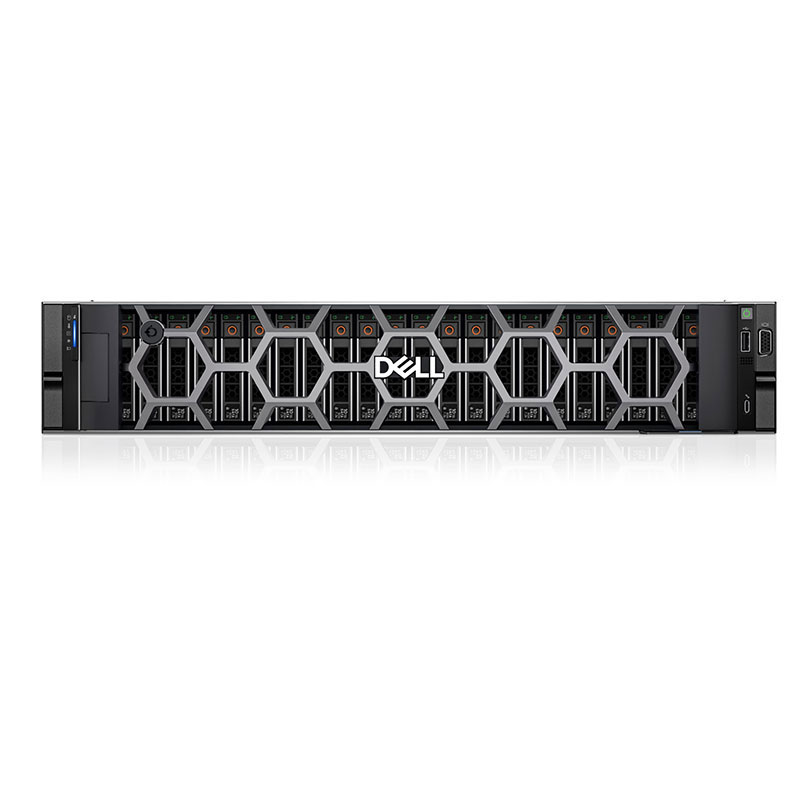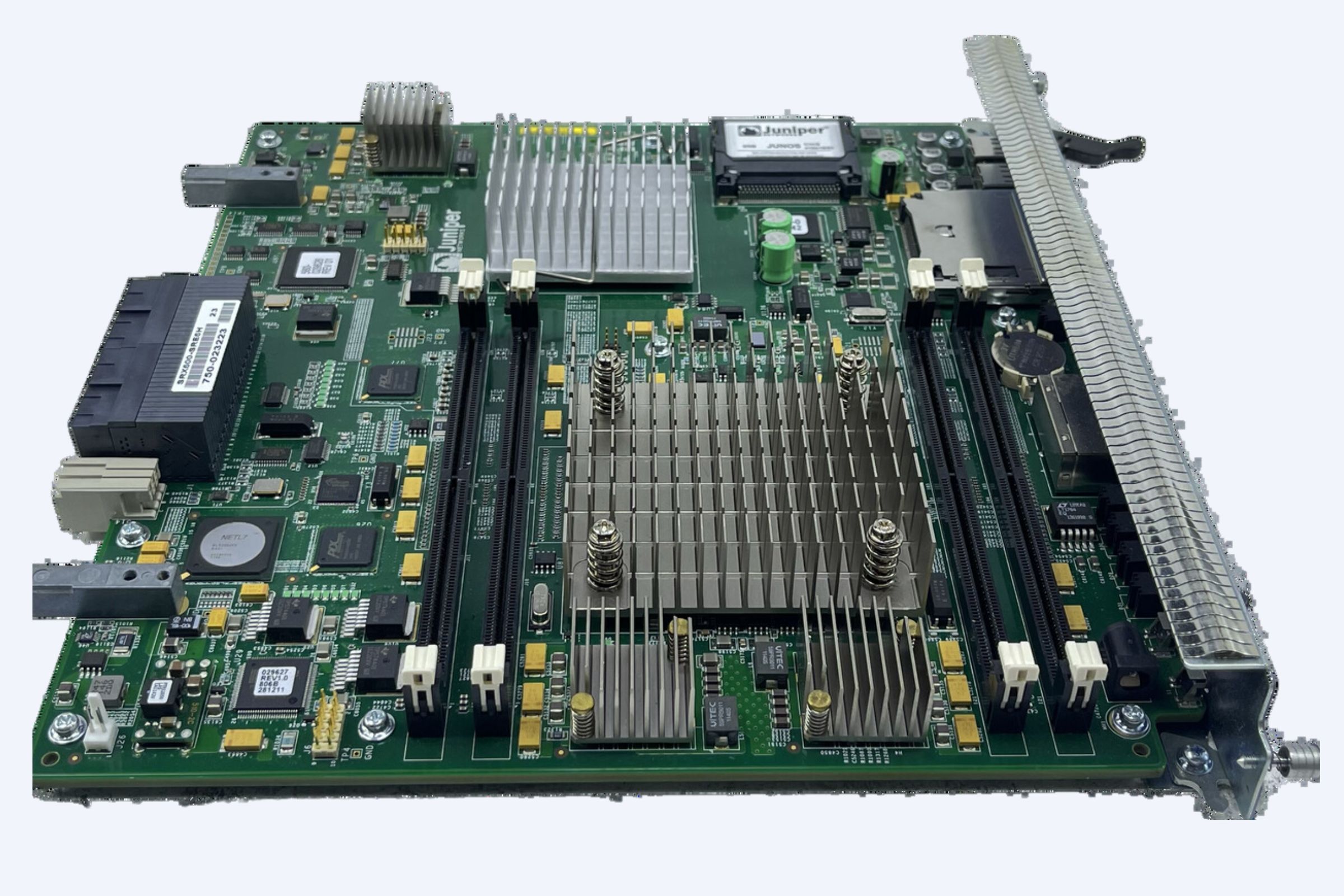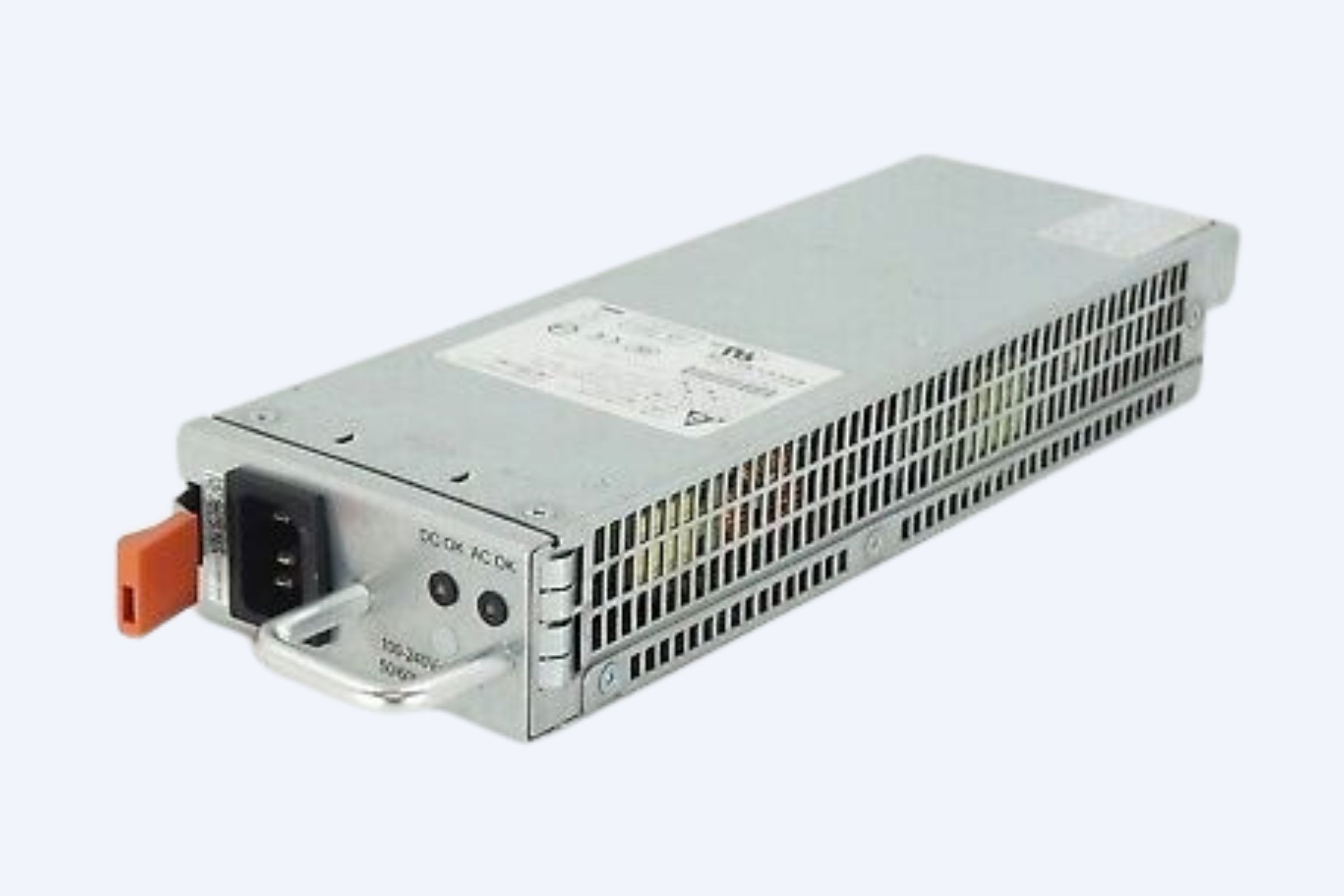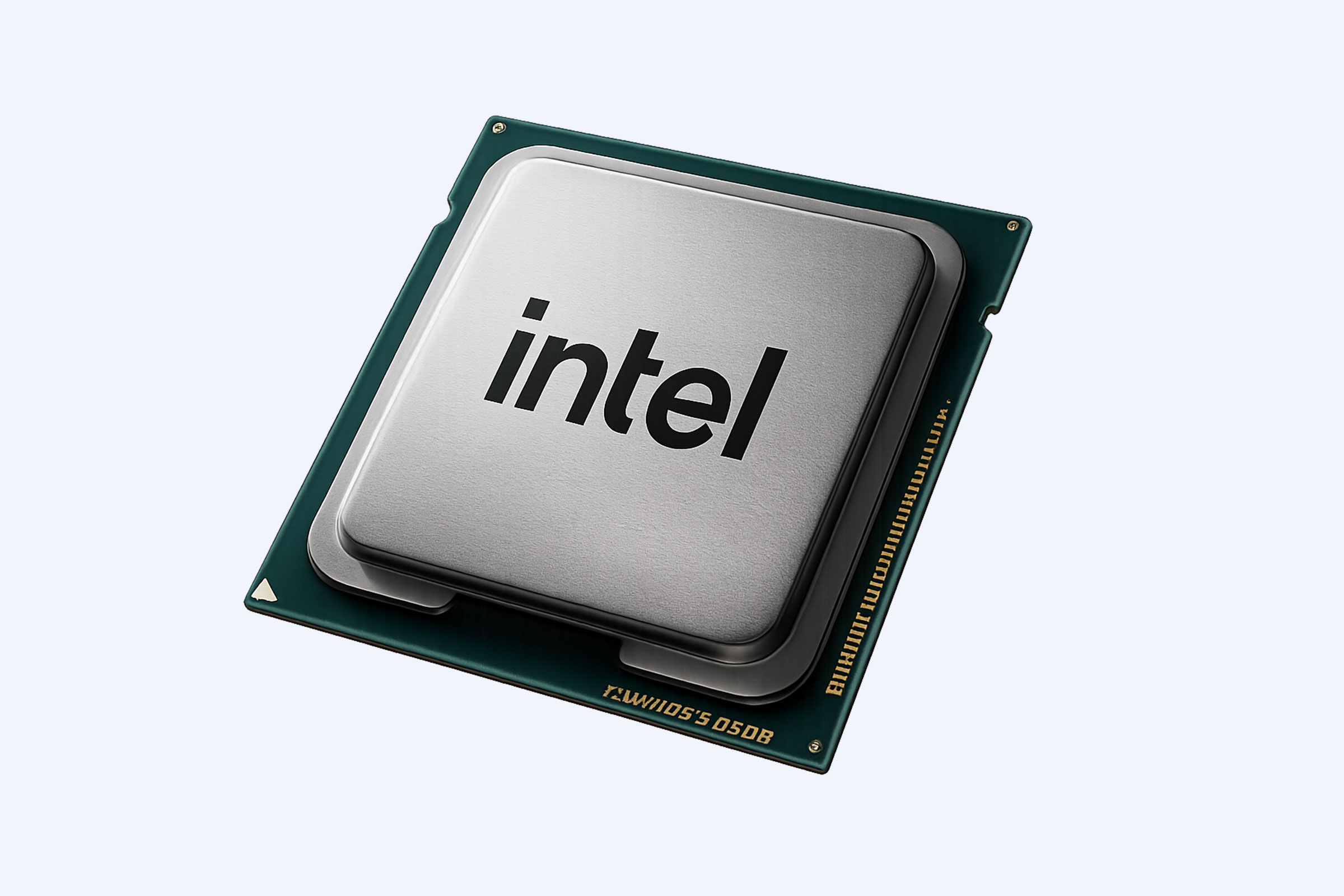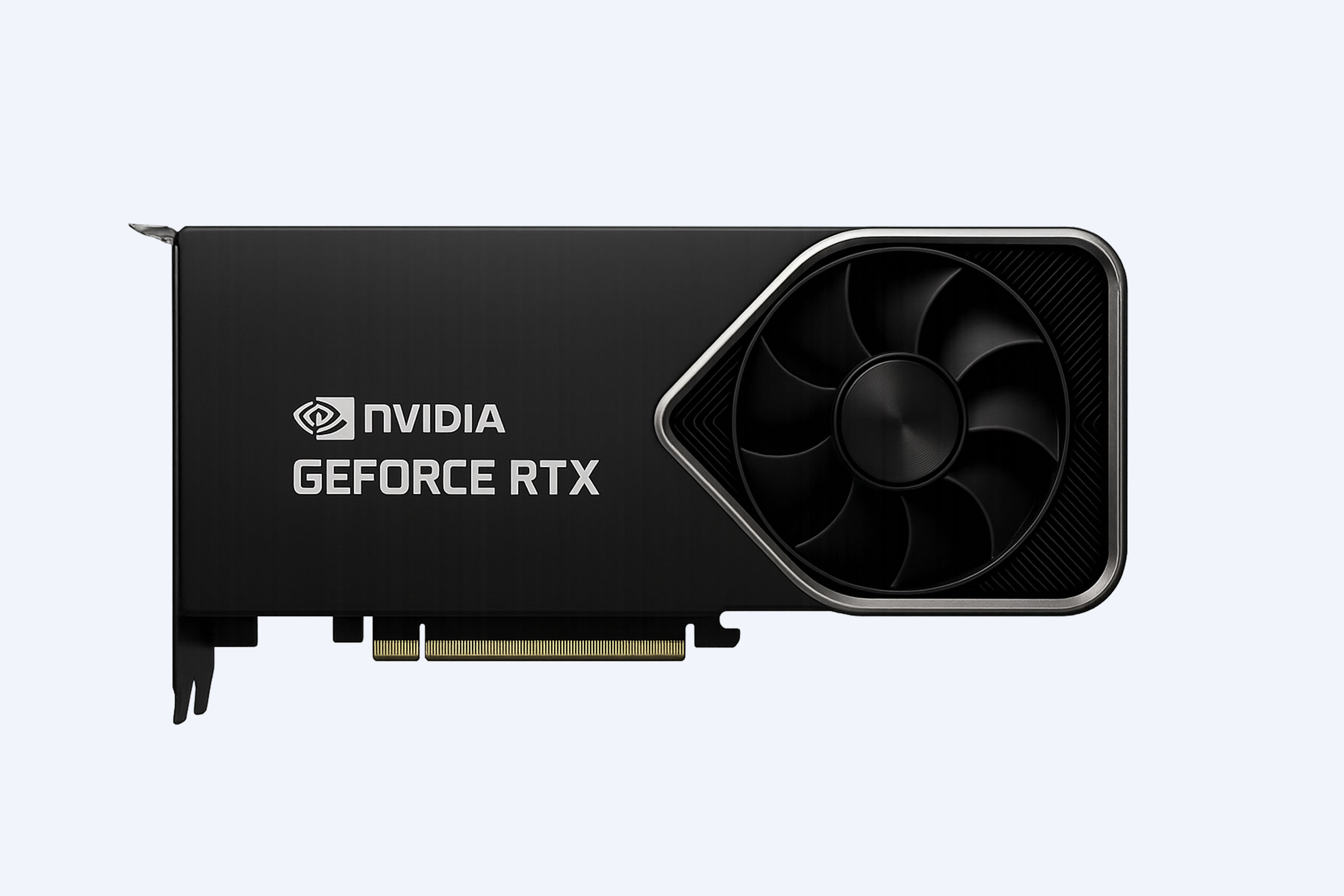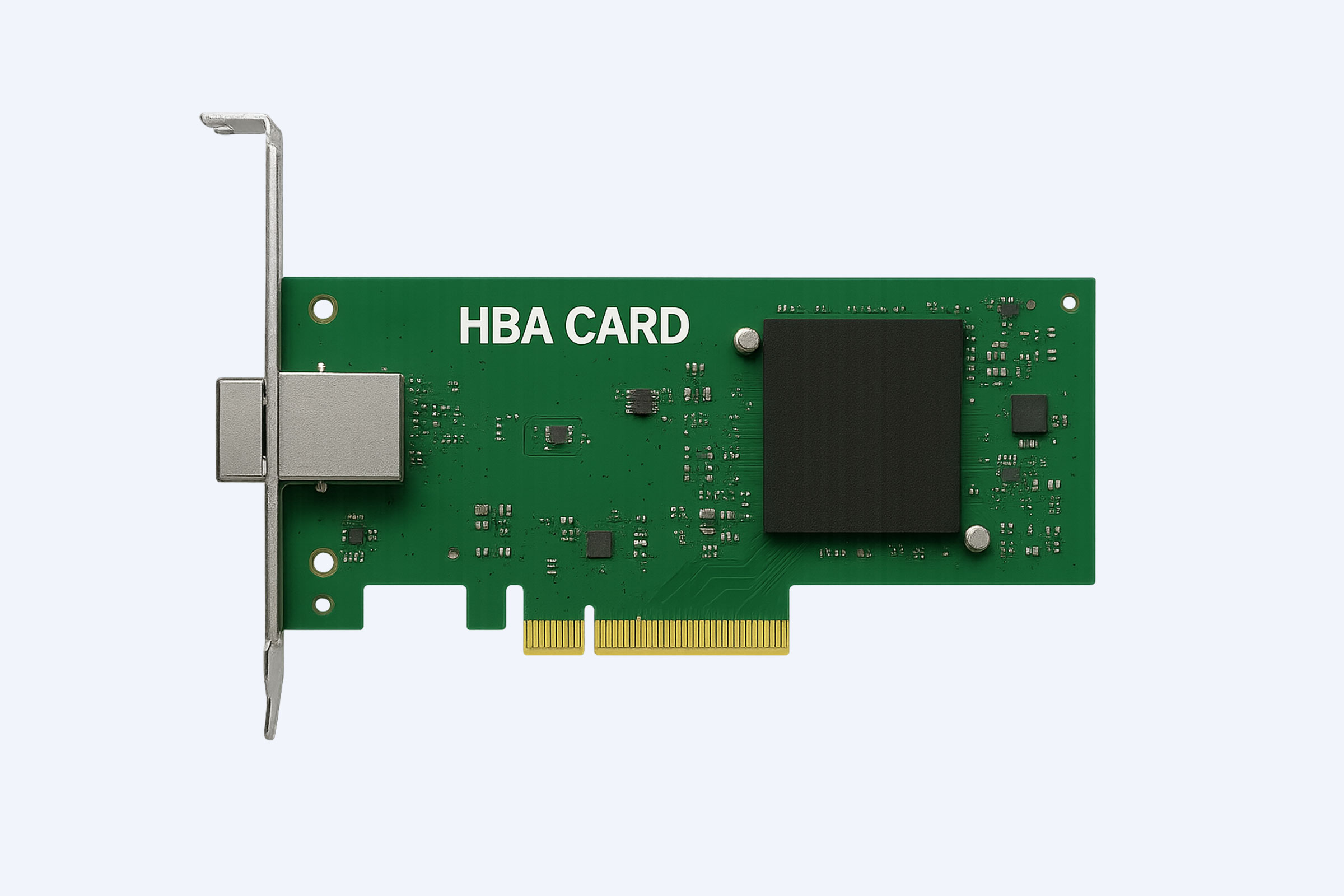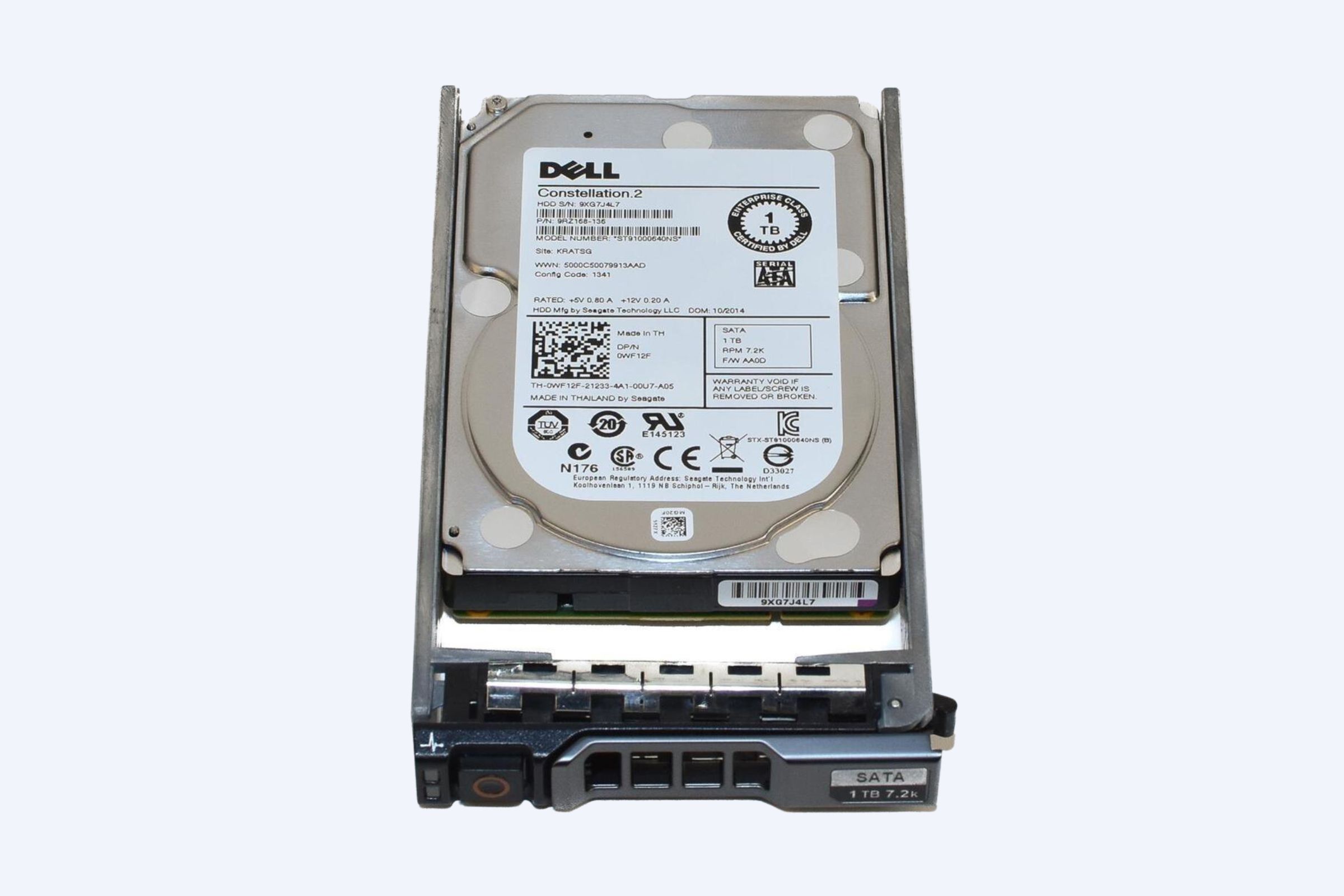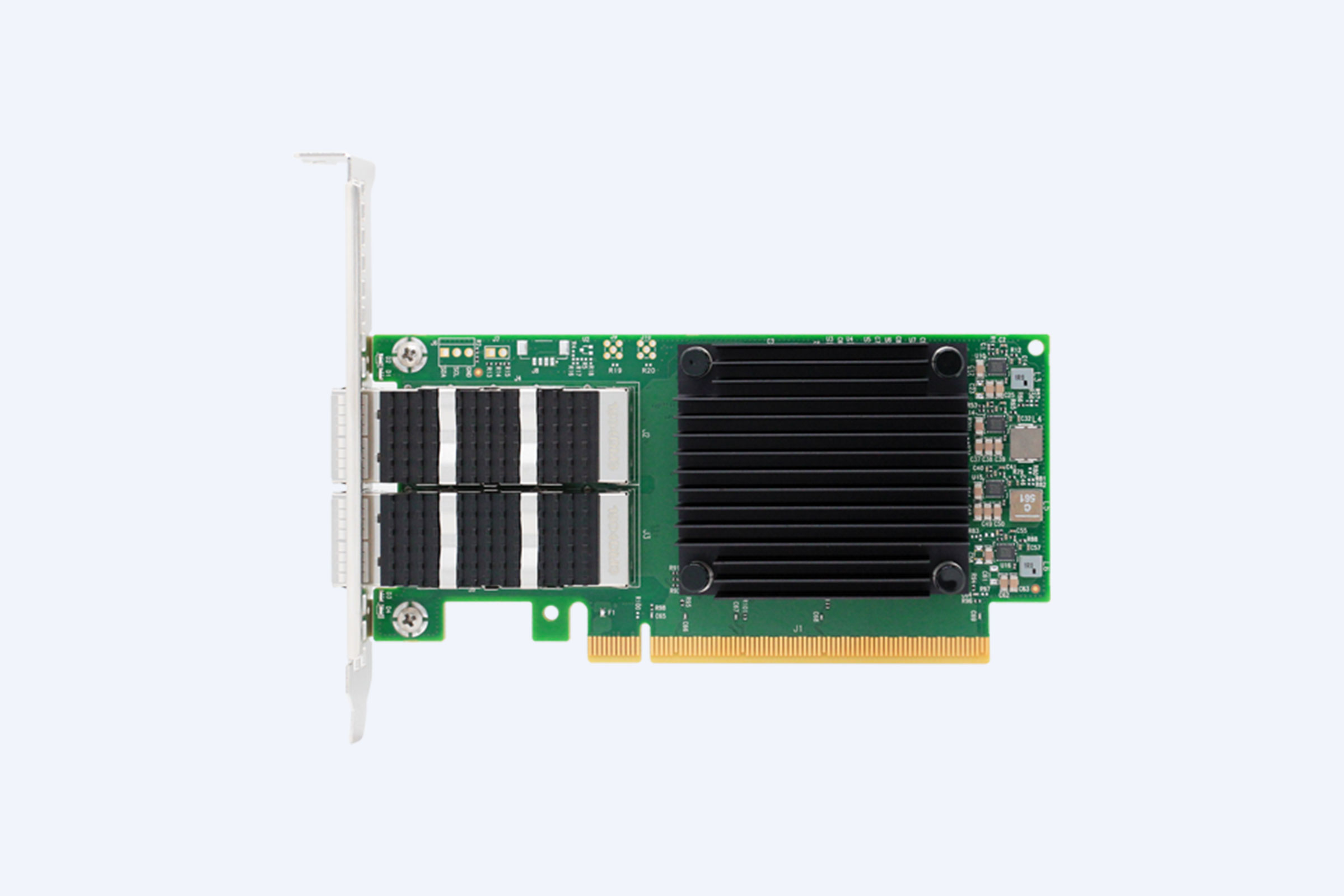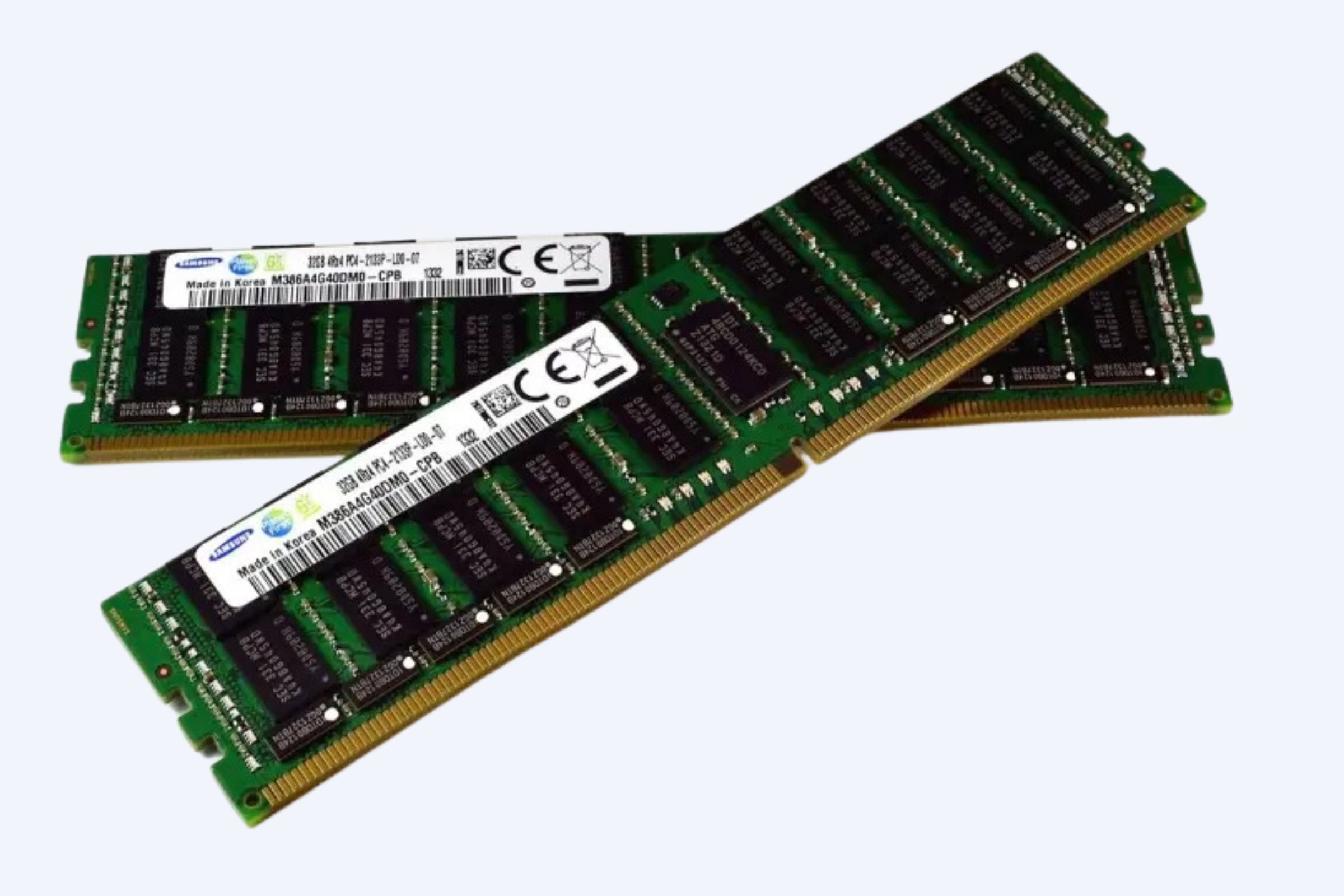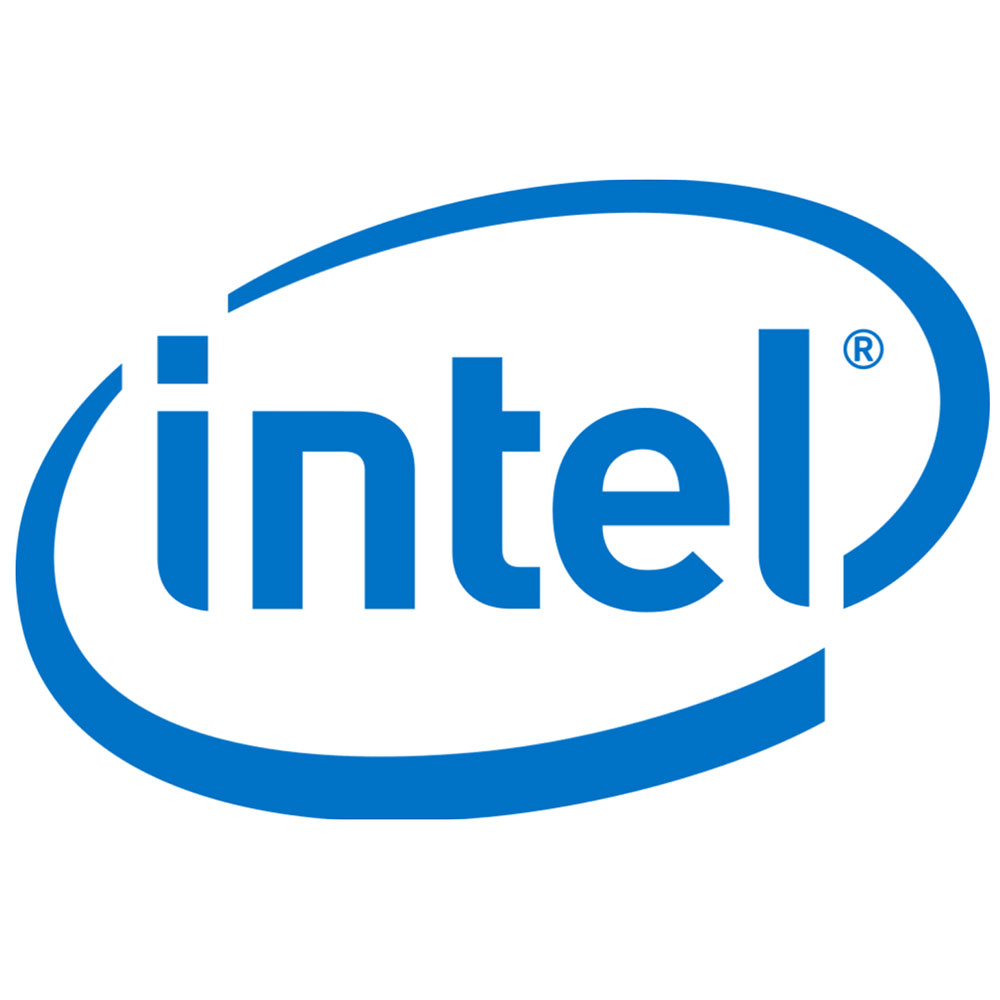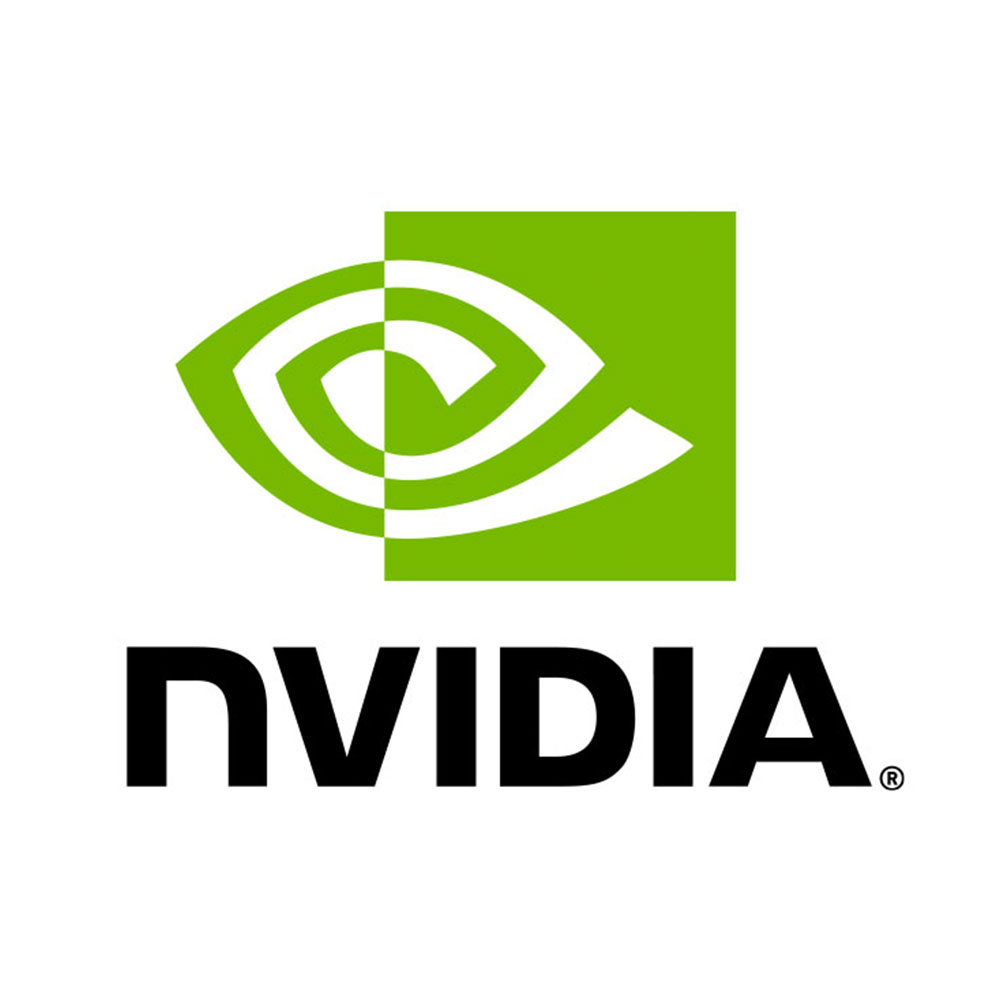The Dell PowerEdge R660xs, R6615, and R6625 servers are 1U rack units designed for different workloads based on processor architecture and socket configuration. The R660xs uses dual Intel Xeon processors, the R6615 a single AMD EPYC CPU, and the R6625 dual AMD EPYC CPUs. Each server excels in specific applications from mainstream virtualization to high-performance computing.
What are the key differences in processor configurations among the R660xs, R6615, and R6625?
The Dell PowerEdge R660xs supports dual sockets for Intel’s 4th and 5th Gen Xeon Scalable processors, offering up to 32 cores per socket. The R6615 is a single-socket system based on AMD’s 4th Gen EPYC 9004 series, allowing up to 128 cores on one processor. The R6625 features dual AMD EPYC 9004 processors, each supporting up to 96 cores, providing massive parallel processing power ideal for demanding workloads.
Think of servers like high-powered workstations that run many tasks at the same time. The main part that determines how fast and how many tasks a server can handle is its processor. The Dell R660xs can hold two Intel processors, each with a moderate number of cores, which are like individual workers handling separate tasks. This setup is good for businesses that need balanced performance without extremely heavy workloads.
The R6615 and R6625, on the other hand, use AMD processors, which are known for handling a huge number of cores efficiently. The R6615 has just one processor but can pack many cores into it, making it very strong for single-CPU tasks. The R6625 can hold two AMD CPUs, each with lots of cores, giving it massive processing power for extremely demanding applications like data analysis, virtualization, or AI. Companies sourcing servers through WECENT can choose among these models depending on whether they need balanced, high-core, or ultra-high-core performance.
How does memory capacity and configuration differ between these servers?
Memory capacity scales significantly with the socket configuration. The R660xs provides 16 DDR5 DIMM slots supporting up to 1.5TB of RAM at speeds up to 5200 MT/s. The R6615 offers 12 DDR5 DIMM slots with up to 3TB RAM at speeds up to 4800 MT/s. The R6625 leads with 24 slots, supporting up to 6TB of DDR5 RAM at 4800 MT/s. The AMD-based servers support higher maximum memory due to their advanced architecture and channel configurations.
Let’s break this down in simple terms. A server’s memory is like its short-term workspace—more memory lets the server handle bigger tasks or more tasks at the same time. The number of slots in a server determines how many memory sticks you can install, which affects the total capacity.
The Dell R660xs has 16 slots and can hold up to 1.5TB of RAM, making it suitable for standard enterprise workloads. The R6615, even with only 12 slots, can reach 3TB because AMD processors allow more memory per slot thanks to their architecture. The R6625 really stands out, offering 24 slots and up to 6TB of RAM, which is ideal for heavy-duty applications like virtualization, AI, or big data. Memory speed is also important, and these servers run DDR5, with Intel slightly faster on the R660xs but AMD offering more total memory. WECENT can provide all these configurations, helping businesses match memory setup to their performance needs.
Which server offers better storage and expansion options?
All three models support up to 10 front-accessible 2.5-inch SAS, SATA, or NVMe drives, making storage flexible and performant. PCIe expansion slots vary but typically include up to 3 PCIe Gen4/Gen5 slots plus OCP 3.0 for network cards. The R660xs also has dedicated PERC RAID controller slots for enhanced storage management. Wecent emphasizes these options for tailored solutions based on workload.
Why choose the Intel-based R660xs over AMD-based R6615 or R6625 servers?
The R660xs is optimized for dense performance in mainstream applications such as virtualization and scale-out databases. Its dual Intel Xeon CPUs offer mature ecosystem support and high per-core performance. It features higher memory speed at 5200 MT/s and specialized RAID card options. This makes it well-suited for workloads needing balanced price-performance on Intel hardware.
How do workloads and use cases influence which Dell PowerEdge model to select?
The single-socket R6615 is best for cost-effective, traditional workloads and emerging ones like hyper-converged infrastructure (HCI), maximizing performance per dollar with a powerful AMD CPU. The R6625’s dual-socket AMD design fits high-performance computing (HPC), intensive virtualization, and database analytics that require high core counts and large memory. The R660xs balances performance with optimal virtualization and scale-out database support, thanks to its Intel dual-socket architecture.
What are the cooling and power supply differences among the three servers?
The R660xs uses air cooling exclusively, suitable for most data center environments. The R6615 and R6625 offer both air and Direct Liquid Cooling (DLC) options, essential for managing heat in dense, high-power AMD configurations. Power supplies come in configurations ranging from 600W to 1800W Titanium or Platinum versions across all models, supporting redundancy for enterprise reliability.
How does Wecent incorporate these Dell servers into tailored enterprise IT solutions?
Wecent Technology, with over 8 years of expertise, integrates Dell PowerEdge servers like the R660xs, R6615, and R6625 into comprehensive IT infrastructure solutions globally. They focus on matching the right server to workload demands, balancing performance, memory capacity, and cost. Wecent also offers consultative support for deployment, maintenance, and upgrading, ensuring optimized data center performance.
What should businesses consider when choosing between these Dell PowerEdge servers?
Businesses should assess application requirements such as processor core count, memory needs, workload type, and budget constraints. For virtualization and traditional ERP workloads, the R6615 offers value with high core AMD performance. For data-intensive HPC or database analytics, the R6625’s memory and dual-socket power shine. The Intel-based R660xs suits dense mainstream workloads with its balanced performance and memory speed.
How do Dell’s PowerEdge 16th Generation servers support future-proofing and scalability?
These 1U servers support the latest PCIe Gen5, DDR5 memory, and advanced networking options like OCP 3.0, ensuring high throughput and low latency. Dual-socket options in R660xs and R6625 provide scalable processing power as enterprise needs grow. Direct Liquid Cooling options in the AMD servers enhance longevity and efficiency, future-proofing dense compute environments.
What storage technologies and RAID options enhance data reliability on these servers?
Dell provides varied PERC RAID controllers like H355, H755, and H965i for the R660xs, allowing hardware RAID 0, 1, 5, 10 among others. The R6615 and R6625 support leading-edge NVMe, SAS, and SATA drives with hot-plug capability and redundant cooling/power features. Wecent highlights these for critical business data protection and rapid access.
Wecent Expert Views
“Wecent applauds Dell’s strategic processor diversification in the PowerEdge 16th Generation lineup. The R660xs combines Intel’s high per-core speed and mature ecosystem for mainstream applications, while the AMD-based R6615 and R6625 deliver unparalleled core density and memory scalability vital for modern data centers. Our integration expertise ensures clients harness maximum value, tailoring deployments from virtualization to HPC efficiently and cost-effectively.”
Also check:
What Are the Key Dell PowerEdge Server Models and Their Differences?
Which Dell PowerEdge Server Is Best for Enterprise Applications?
How Can Businesses Scale Dell Servers Across Multi-Node Data Center Environments?
How To Improve Cooling And Airflow For Dell PowerEdge R670 Racks?
Which Dell PowerEdge Server Suits Your Needs: R660xs, R6615, or R6625?
Conclusion
Choosing between the Dell PowerEdge R660xs, R6615, and R6625 hinges on workload type, processor preference, and memory requirements. The Intel dual-socket R660xs prioritizes balanced performance for virtualization and databases. The AMD R6615 maximizes cost-effective, single-socket processing, and the R6625 delivers massive dual-socket compute for HPC and large-scale virtualization. Wecent stands ready to guide businesses globally to optimal server infrastructure choices backed by industry expertise and certified hardware offerings.
FAQs
Which Dell server is best for virtualization workloads?
The R660xs optimizes dense performance for virtualization, but the R6615 offers strong cost-efficiency and AMD core counts for emerging virtualization use cases.
Can these servers support liquid cooling?
Yes, the R6615 and R6625 support Direct Liquid Cooling (DLC), while the R660xs is air-cooled only.
What is the maximum memory capacity available?
The R660xs supports up to 1.5TB, R6615 up to 3TB, and R6625 up to 6TB of DDR5 RAM.
Are these servers suitable for high-performance computing (HPC)?
The R6625 is designed for HPC workloads with its dual AMD EPYC processors and large memory capacity.
How does Wecent enhance Dell server deployments?
Wecent delivers tailored solutions, professional consultation, and certified hardware, supporting enterprise IT growth and efficiency worldwide.
What is the Dell PowerEdge R660xs best used for?
The R660xs is ideal for virtualization, dense databases, and mixed workloads. Featuring dual Intel Xeon processors in a 1U chassis, it balances compute, storage, and accelerator support. It works well in existing infrastructure environments where reliable, cost-effective performance for common enterprise applications is required.
How does the R6615 differ from the R660xs?
The R6615 uses a single AMD EPYC processor with up to 128 cores and high DDR5 memory capacity. It is optimized for cost-effective, single-socket deployments, offering efficiency and high core density for applications like VDI, high-density computing, or workloads that do not require dual-socket configurations.
What makes the R6625 suitable for HPC and massive virtualization?
The R6625 features dual AMD EPYC CPUs and extensive accelerator support for GPUs or FPGAs. Its 1U form factor delivers massive compute power, making it ideal for high-performance computing, large-scale virtualization, and software-defined storage environments demanding extreme processing capabilities.
Which server should I choose for balanced Intel performance?
If your workloads require reliable Intel performance across common enterprise tasks, virtualization, or scale-out applications, the R660xs is the best choice. Its dual-socket design and balanced architecture make it efficient for mixed workloads without sacrificing performance or expansion options.
Which Dell PowerEdge server offers maximum single-socket efficiency?
For maximum efficiency on a single socket, the R6615 is ideal. With its high-core AMD EPYC processor, it delivers exceptional performance for dense workloads, VDI environments, and applications where a single powerful CPU can handle enterprise requirements effectively.
Can the R6625 handle GPU or FPGA accelerators?
Yes, the R6625 supports significant accelerator integration, including GPUs and FPGAs. This capability allows it to tackle compute-intensive tasks such as AI, HPC, and software-defined storage, providing scalable power for demanding enterprise applications.
Is the R6615 cost-effective for smaller deployments?
Yes, the R6615 is designed for cost-conscious single-socket deployments. It provides high core density and memory capacity, making it efficient for businesses needing powerful computing on a budget or for high-density applications without the overhead of dual-socket servers.
How can WECENT assist in choosing the right PowerEdge server?
WECENT helps businesses select the optimal Dell PowerEdge server based on workloads, CPU preference, and scalability needs. They provide guidance on Intel vs. AMD configurations, virtualization requirements, and accelerator support, ensuring clients deploy servers that meet performance, reliability, and cost-efficiency goals.



